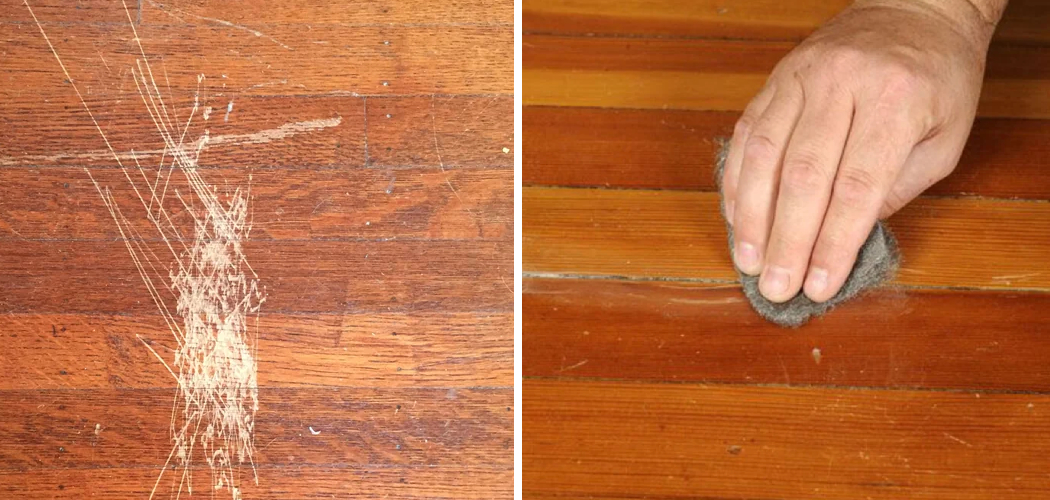A gouge in your hardwood floor can be a disheartening sight, but the good news is that with the right tools and techniques, you can restore the beauty of your flooring and prevent further damage. In this comprehensive guide, we’ll explore the step-by-step process of how to repair a gouge in hardwood floor.
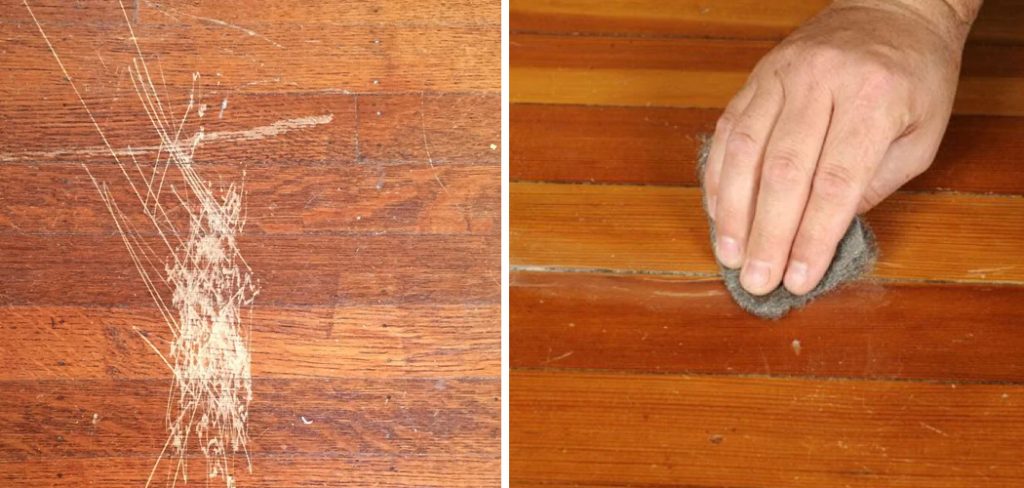
From assessing the severity of the gouge to choosing the appropriate fillers and finishing techniques, each stage of the repair process will be dissected to ensure a seamless result.
Whether the gouge is a result of heavy furniture, pet claws, or accidental impacts, understanding the nuances of hardwood floor repair empowers you to revive the integrity and visual appeal of your flooring. Join us as we embark on a journey to transform unsightly gouges into a beautifully restored hardwood floor, bringing back the charm and elegance to your living space.
Importance of Repairing Gouges in Hardwood Floors
As a homeowner, you may have encountered the problem of gouges in your hardwood floors. Whether caused by moving furniture or dropping heavy objects, these imperfections can be unsightly and pose safety hazards. However, many people often overlook the importance of repairing gouges in their hardwood floors.
Firstly, repairing gouges not only improves the appearance of your home but also increases its value. Potential buyers are more likely to pay top dollar for a home with well-maintained hardwood floors, as they add elegance and charm to any living space. Additionally, repairing gouges also prevents further damage to your floors. If left untreated, small gouges can turn into larger cracks and even cause the floorboards to become loose or warped.
Furthermore, it is important to repair gouges in hardwood floors for safety reasons. These imperfections can create tripping hazards, especially for young children and the elderly. In addition, sharp edges from deep gouges can cause injury if stepped on or accidentally touched.
10 Methods How to Repair a Gouge in Hardwood Floor
1. Sandpaper and Wood Filler
One of the most common methods for repairing a gouge in hardwood floor is to use sandpaper and wood filler. Begin by sanding down the edges of the gouge to create a smooth surface. Then, fill the gouge with wood filler and let it dry completely before sanding it down again.
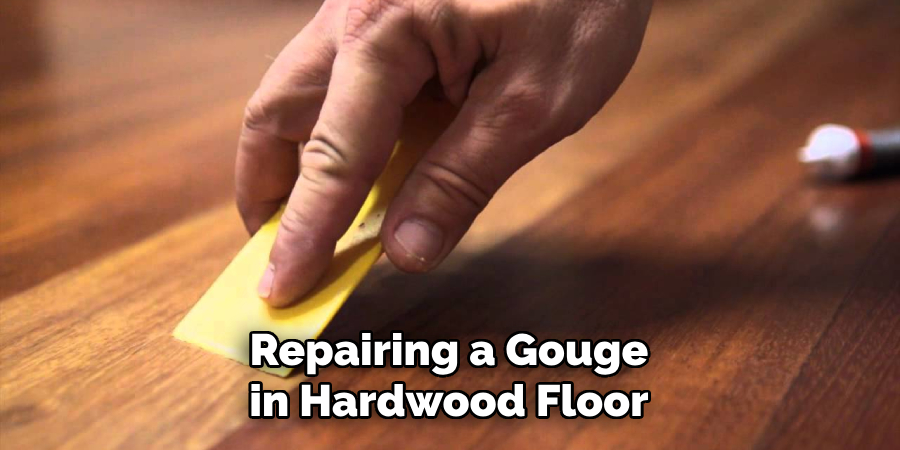
2. Wax Fill Sticks
Another popular method is to use wax fill sticks, which are specifically designed for filling in scratches and gouges on hardwood floors. Simply choose a color that matches your floor, rub it into the gouge, and then buff it with a cloth to blend it in.
3. Putty Knife and Wood Stain
For deeper gouges, you may need to use a putty knife and wood stain to repair them. First, clean out any debris from the gouge using the putty knife. Then, apply wood stain that matches your floor color using a small brush or cloth until the gouge is filled.
4. Floor Patching Compound
Floor patching compound can also be used to repair larger or deeper gouges in hardwood floors. This compound is specifically designed for flooring repairs and can be easily applied with a putty knife or trowel.
5. Replacement Planks
If the damage is too severe for traditional repair methods, you may need to replace the damaged planks altogether. This process involves carefully removing the damaged plank and replacing it with a new one that matches your existing flooring.
6. Wood Putty
Wood putty can also be used for smaller gouges on hardwood floors. This method involves filling in the gouge with wood putty using a putty knife or spatula, then smoothing it out with sandpaper once it has dried.
7. Epoxy Resin
Epoxy resin is another option for repairing deep gouges in hardwood floors, as it creates a strong bond that can withstand heavy foot traffic. It is important to follow the manufacturer’s instructions and allow enough time for the resin to fully cure.
8. Wood Glue and Sawdust
For a more natural approach, you can mix wood glue with sawdust from your floor to create a paste that can be used to fill in gouges. This method may require multiple applications and sanding in between until the gouge is completely filled.
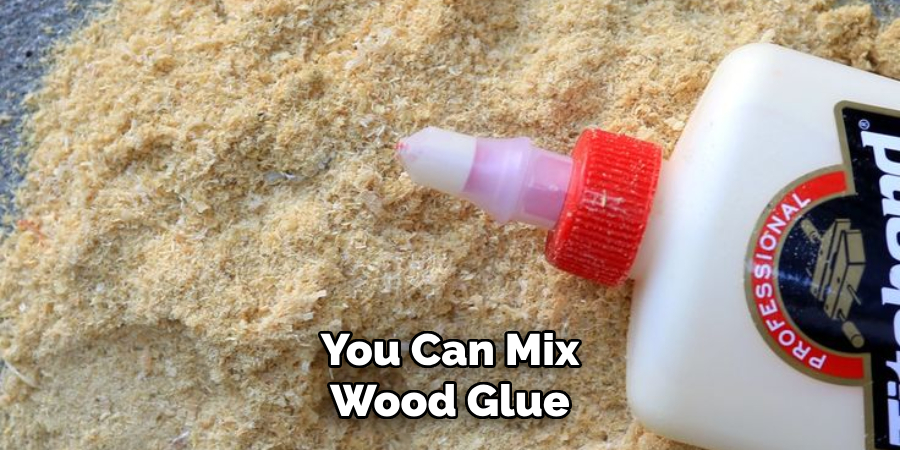
9. Nail Polish
In a pinch, clear or colored nail polish can be used to fill in small scratches and gouges on hardwood floors. Simply apply a thin layer of the polish over the damaged area and let it dry before buffing it with a cloth. This method is best for superficial scratches and not deep gouges.
10. Professional Refinishing
If the damage is extensive or you are not confident in your repair skills, it may be best to hire a professional to refinish your hardwood floors. They have the tools and expertise needed to repair any type of gouge or damage and leave your floors looking like new again.
Things to Consider When Repairing a Gouge in Hardwood Floor
When it comes to repairing a gouge in hardwood floor, there are several things that you need to consider. Here are some key points to keep in mind when tackling this task:
Assess the Severity of the Gouge
The first thing you should do is assess the severity of the gouge. Is it just a shallow scratch or is it a deep gouge? This will determine the type of repair method that you’ll need to use. For shallow scratches, a simple touch-up pen or wood filler may suffice. However, for deeper gouges, you may need to employ more advanced techniques such as patching or replacing damaged planks.
Gather Necessary Tools and Materials
Once you’ve determined the severity of the gouge, it’s time to gather all the necessary tools and materials for the repair. Some basic tools you’ll need include sandpaper, a putty knife, wood filler, a touch-up pen or stain marker, and a hammer. If you’re planning on replacing damaged planks, you’ll also need a saw and replacement boards.
Prepare the Area for Repair
Before starting the repair, you’ll need to prepare the area by removing any furniture or rugs and thoroughly cleaning the damaged spot. This ensures that there are no obstructions or debris that may hinder your repair process.
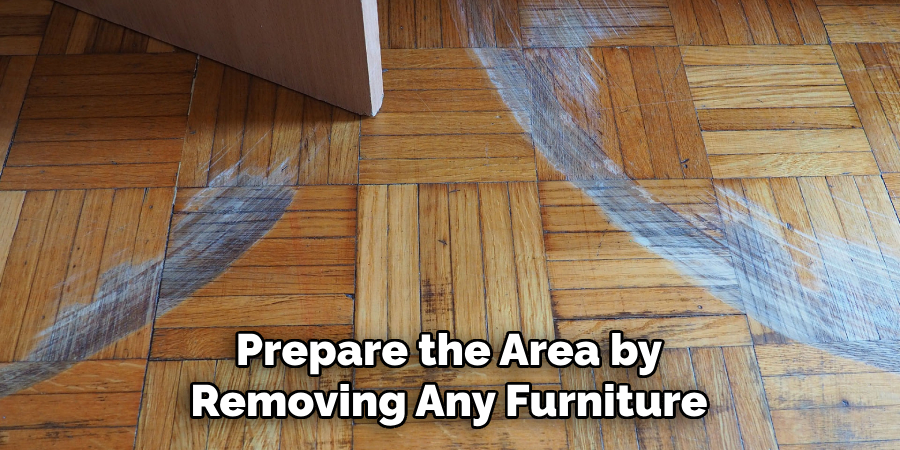
Follow Proper Techniques for Shallow Scratches
For shallow scratches, use a touch-up pen or stain marker to color in the scratch. If the scratch is too deep for this method, you can use a wood filler to fill in the gap. Once filled, smooth out the surface with a putty knife and let it dry completely before sanding and staining.
Common Mistakes to Avoid When Repairing a Gouge in Hardwood Floor
When it comes to repairing a gouge in hardwood floors, there are several common mistakes that people make. These mistakes can end up causing more damage to your floor and may result in costly repairs. To avoid these issues, here are some common mistakes you should be aware of:
Not Identifying the Cause of the Gouge
Before starting any repairs, it’s important to identify the cause of the gouge in your hardwood floor. This will help you determine the best course of action for repairing it and prevent future damage. The most common causes of gouges are furniture or heavy objects being dragged across the floor, pet scratches, or water damage. By identifying the cause, you can take steps to prevent it from happening again in the future.
Using the Wrong Type of Filler
Another mistake people make when repairing a gouge in a hardwood floor is using the wrong type of filler. It’s important to use a filler that is specifically designed for hardwood floors and matches the color of your floor. Using an incorrect filler may not blend in with the rest of your floor, making the repair stand out and look unsightly. Additionally, using a filler that is not meant for hardwood floors can cause further damage to your floor.
Not Sanding Properly
Sanding is an important step in repairing a gouge in hardwood floors as it helps to smooth out any uneven areas and makes the surface ready for staining and finishing. However, many people make the mistake of not sanding properly or skipping this step altogether. This can result in an uneven repair and may cause the stain and finish to be applied unevenly as well.
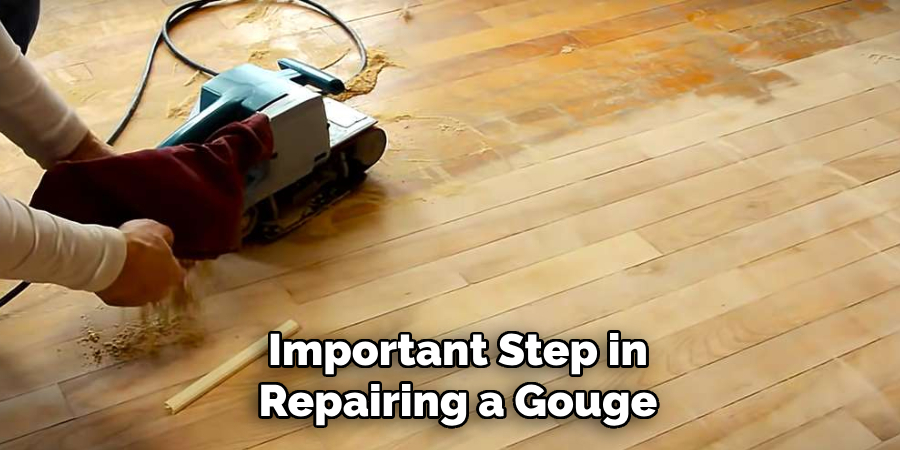
Conclusion
In addition, preventing damage is just as crucial as knowing how to repair it. Make sure to regularly clean and protect your hardwood floors from potential scratches or spills, especially in high-traffic areas. Consider using area rugs or runners for added protection, and avoid using harsh cleaning products that can strip away the finish.
Furthermore, be mindful of wearing shoes or high heels on your floors, as they can cause scratches over time. Hopefully, this article gave you some helpful tips about how to repair a gouge in hardwood floor successfully, so now that you have the proper knowledge on how to get the job done, why not give it a try today?
